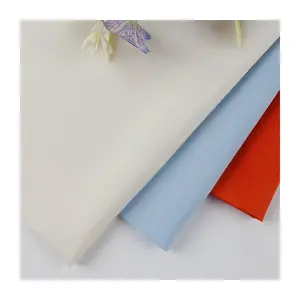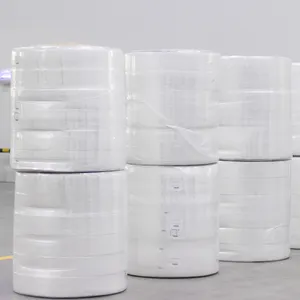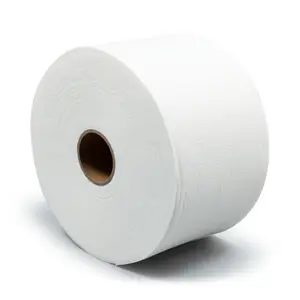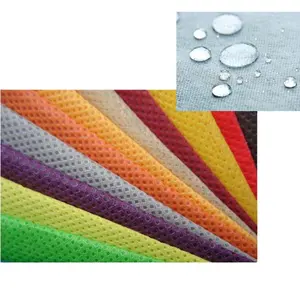Exploring Hydrophobic Nonwoven Fabric
Hydrophobic nonwoven fabric stands as a pivotal material in various industries due to its unique properties that repel water. This fabric is engineered to provide a barrier against moisture, making it an ideal choice for a multitude of applications. From medical disposables to geotextiles, the versatility of hydrophobic nonwoven fabric is unmatched.
Types and Applications
The utility of hydrophobic nonwoven fabric extends across several domains. In the medical field, it is utilized for creating disposable garments such as gowns and bed covers, capitalizing on its ability to maintain hygiene standards. The fabric's adaptability is also evident in consumer products, where it is transformed into items like wet wipes, leveraging its hydrophilic non woven counterpart for moisture absorption. In environmental applications, hydrophobic non woven fabric is used in outdoor drainage systems, effectively separating water from soil while preserving the landscape.
Material Features and Advantages
The construction of hydrophobic nonwoven materials involves processes that enhance their durability and functionality. These fabrics are often favored for their lightweight nature and porous structure, which are essential for filtration purposes. The environmental benefits are significant as well, with many nonwoven fabrics being produced from natural fibers, offering a sustainable alternative to traditional plastics.
Manufacturing Techniques
Advanced manufacturing techniques such as spunlace and hydrophilic spunbond processes are employed to create nonwovens with specific properties. Spunlace materials are known for their exceptional softness and drape, making them suitable for personal care products. The spunbond method, on the other hand, yields fabrics with high tensile strength, which are often used in durable items like shopping bags and diaper covers.
Environmental Impact and Sustainability
The shift towards eco-friendly materials has highlighted the importance of biodegradable and sustainable options. Nonwoven fabrics made from natural fibers contribute to this shift, offering a reduced environmental footprint. The hydrophobic nature of these fabrics also means they do not retain moisture, which can be beneficial in preventing the growth of bacteria and other microbes, thus promoting a cleaner environment.
Choosing the Right Fabric
Selecting the appropriate hydrophobic nonwoven fabric is crucial for meeting the specific needs of an application. Alibaba.com serves as a platform where a diverse array of nonwoven fabrics can be explored, each with distinct characteristics tailored to different industry requirements. It is essential to consider factors such as material composition, weight, and intended use to make an informed decision.






































 浙公网安备 33010002000092号
浙公网安备 33010002000092号 浙B2-20120091-4
浙B2-20120091-4